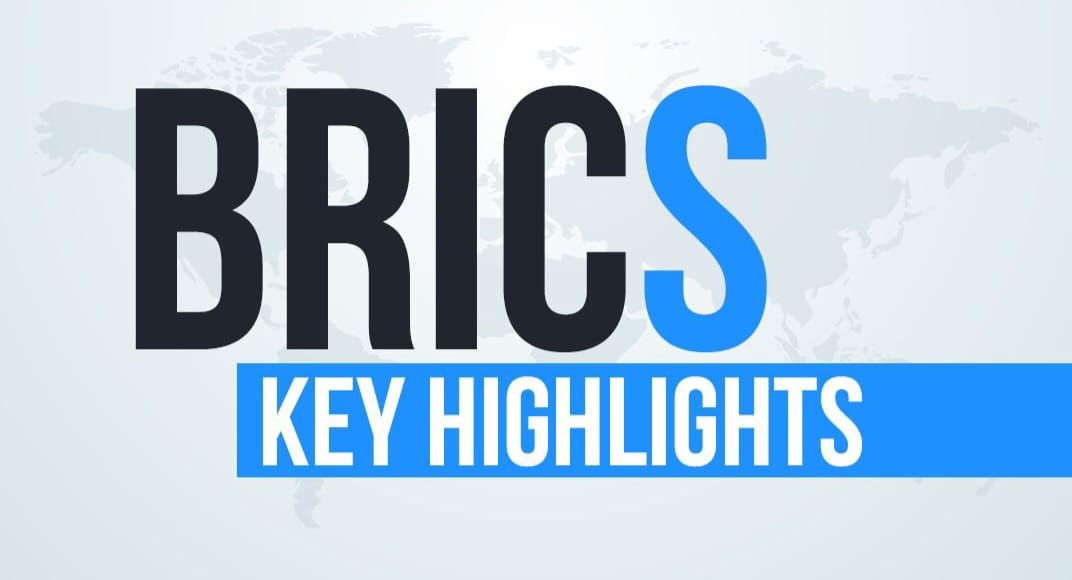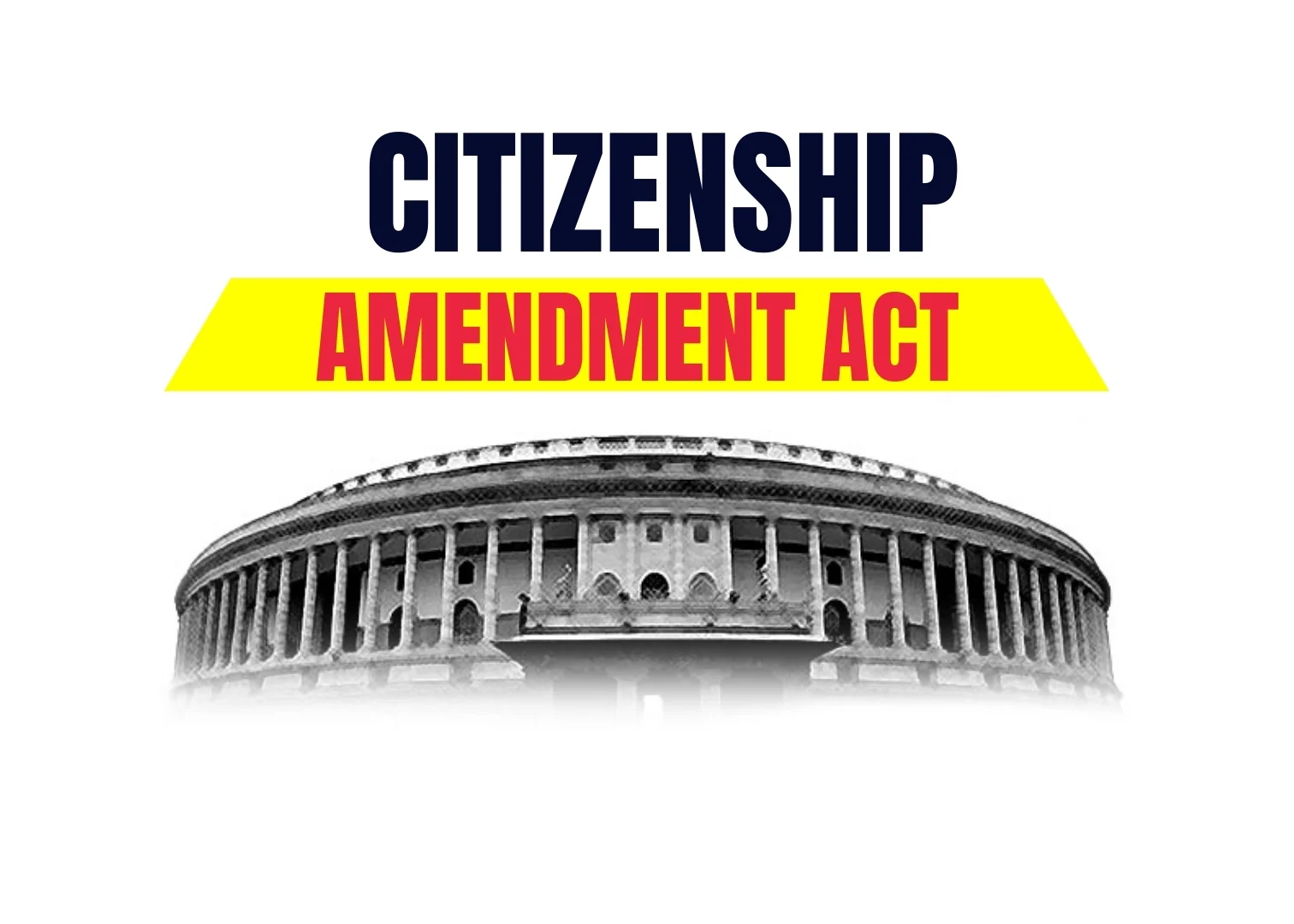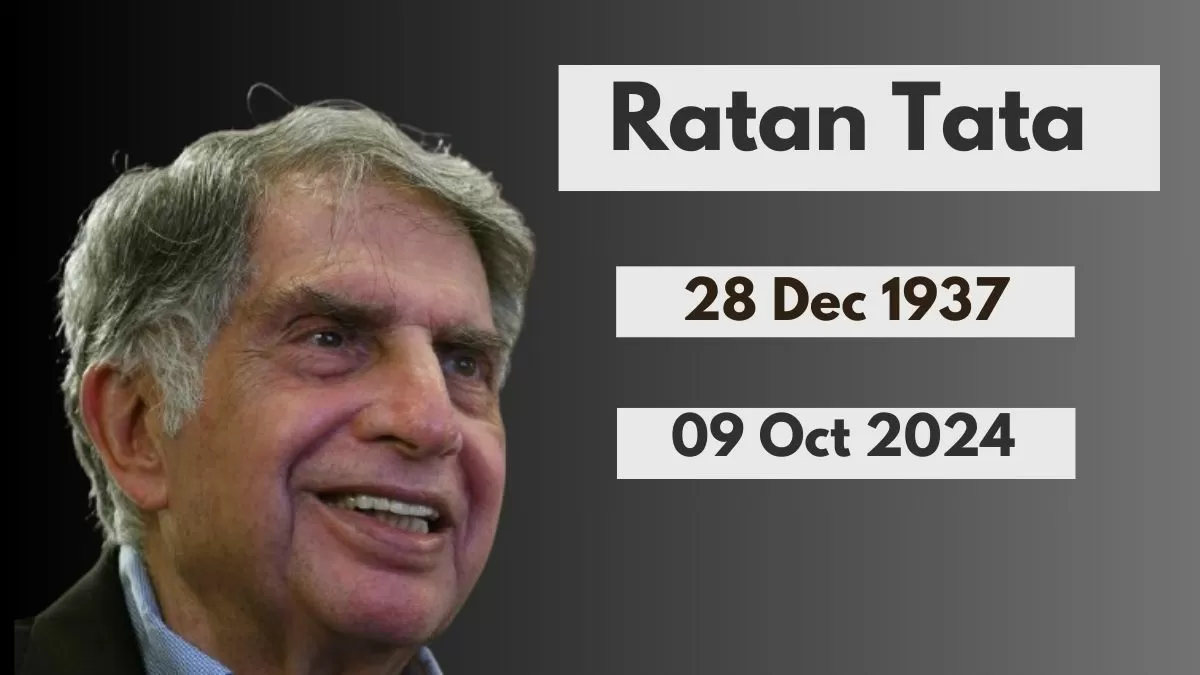This article provides a comprehensive overview of the key fiscal indicators, revenue sources, and expenditure patterns outlined in the Indian Union Budget 2025-2026.
1. Key Fiscal Indicators:
Fiscal Deficit (FD)
-
-
-
-
Definition: “Fiscal Deficit (FD) is the difference between total expenditure and total receipts (excluding Debt Capital Receipts). FD is reflective of the total borrowing requirement of the Government.”
-
-
-
-
-
-
-
What are the current statistics?
-
-
-
The FD, reflecting the total borrowing requirement of the government, is estimated at ₹15,68,936 crore (4.4% of GDP) for BE 2025-26. This is a slight decrease from the Revised Estimate (RE) of ₹15,69,527 crore (4.8% of GDP) for 2024-25.
Revenue Deficit (RD)
-
-
-
-
Definition: “Revenue Deficit refers to the excess of revenue expenditure over revenue receipts.”
-
-
-
-
-
-
-
What are the current statistics?
-
-
-
The RD, which is the excess of revenue expenditure over revenue receipts, is projected at ₹5,23,846 crore (1.5% of GDP) for BE 2025-26, down from ₹6,10,098 crore (1.9% of GDP) in RE 2024-25.
Effective Revenue Deficit (ERD)
-
-
-
-
Definition: “Effective Revenue Deficit is the difference between Revenue Deficit and Grants-in-Aid for Creation of Capital Assets.”
-
-
-
-
-
-
-
What are the current statistics?
-
-
-
The ERD, calculated by subtracting grants-in-aid for creation of capital assets from the revenue deficit, is significantly reduced to ₹96,654 crore (0.3% of GDP) in BE 2025-26, a substantial decrease from ₹3,10,207 crore (1.0% of GDP) in RE 2024-25.
Primary Deficit (PD):
-
-
-
-
Definition: “Primary Deficit is measured as Fiscal Deficit less interest payments.”
-
-
-
-
-
-
-
What are the current statistics?
-
-
-
The PD, which is the fiscal deficit less interest payments, is estimated at ₹2,92,598 crore (0.8% of GDP) in BE 2025-26. This is a reduction from ₹4,31,587 crore (1.3% of GDP) in RE 2024-25.
-
-
-
-
GDP Growth: The nominal GDP for FY 2025-26 is estimated at ₹2,923 lakh crore, reflecting a 10.1% growth over the Revised Estimates for FY 2024-25.
-
-
-
2. Revenue Sources:
-
-
-
Total Receipts: The total receipts are projected at ₹50,65,345 crore for BE 2025-26, up from ₹47,16,487 crore in RE 2024-25.
-
Tax Revenue: The net tax revenue is estimated at ₹28,37,409 crore for BE 2025-26. This comprises:
-
-
Corporation tax: ₹10,82,000 crore
-
Taxes on income (including Securities Transaction Tax): ₹14,38,000 crore
-
Goods & Services Tax: ₹11,78,000 crore
-
Customs: ₹2,40,000 crore
-
Union Excise Duties: ₹3,17,000 crore
-
-
-
Non-Tax Revenue: Non-tax revenue is projected at ₹5,83,000 crore for BE 2025-26. This includes interest receipts (₹47,738 crore), dividends and profits (₹3,25,000 crore), and other non-tax revenue sources.
-
Capital Receipts: Capital receipts are estimated at ₹16,44,936 crore for BE 2025-26, including recovery of loans (₹29,000 crore) and other receipts (₹47,000 crore). The major chunk here is debt receipts
-
Borrowings & Other Liabilities: These constitute a significant portion of the receipts, estimated at ₹15,68,936 crore in BE 2025-26, indicating continued reliance on borrowings to finance the budget.
-
-
3. Expenditure Patterns:
-
-
-
Total Expenditure: Total expenditure is projected at ₹50,65,345 crore for BE 2025-26, matching the total receipts.
-
Revenue Expenditure: Revenue expenditure is estimated at ₹39,44,255 crore, which includes interest payments (₹12,76,338 crore) and grants-in-aid for the creation of capital assets (₹4,27,192 crore).
-
Capital Expenditure: Capital expenditure is pegged at ₹11,21,090 crore for BE 2025-26.
-
Effective Capital Expenditure: When combined with Grants-in-Aid for creation of capital assets, the Effective Capital Expenditure (Eff-Capex) stands at ₹15,48,282 crore for BE 2025-26.
-
Definition: “Effective Capital Expenditure (Eff-Capex) refers to the sum of Capital Expenditure and Grants-in-Aid for Creation of Capital Assets.”
-
Major Expenditure Items: Significant allocations are made for:
-
Central Sector Schemes: ₹16,21,899 crore
-
Interest Payments: ₹12,76,338 crore
-
Transfers to States: ₹5,08,000 crore
-
Centrally Sponsored Schemes: ₹5,41,850 crore
-
Defence: ₹4,91,732 crore
-
Major Subsidies: ₹3,83,407 crore (includes fertilizer, food, and petroleum subsidies)
-
Pensions: ₹2,76,618 crore
-
-
-
4. Deficit Financing:
-
-
-
The fiscal deficit is primarily financed through debt receipts, particularly market borrowings (G-Sec), which are estimated at ₹11,53,834 crore for BE 2025-26.
-
Other financing sources include securities against small savings (₹3,43,382 crore), State Provident Funds (₹5,000 crore), other internal debts and public accounts (₹40,746 crore), external debt (₹23,490 crore), and drawdown of cash balance (₹2,484 crore).
-
Short Term Borrowing via T-Bill is estimated at 0 for BE 2025-26
-
-
5. Resource Transfers to States and Union Territories:
-
-
-
The total transfers to States and UTs are estimated at ₹25,59,764 crore for BE 2025-26.
-
This includes devolution of states’ share in taxes (₹14,22,444 crore), transfers under centrally sponsored schemes (₹5,14,442 crore revenue), finance commission grants (₹1,32,767 crore) and other grants/loans/transfers.
-
The transfers also include Special Assistance as Loan to States for Capital Expenditure (₹1,50,000 cr).
-
-
6. Major Scheme Outlays:
The budget allocates significant funds to various Centrally Sponsored Schemes. Some noteworthy examples include:
-
-
-
-
Mahatma Gandhi National Rural Employment Guarantee Programme (MGNREGP): ₹86,000 crore
-
Jal Jeevan Mission (JJM): ₹67,000 crore
-
Pradhan Mantri Kisan Samman Nidhi (PM-Kisan): ₹63,500 crore
-
National Health Mission : ₹30,010 crore
-
Pradhan Mantri Awas Yojana (PMAY) – Urban & Rural: ₹19,794 crore, ₹54,832 crore respectively.
-
Samagra Shiksha: ₹41,250 crore
-
PM POSHAN: ₹12,500 crore
-
National Highways Authority of India: ₹170,266 crore
-
Railways – New Lines: ₹32,235 crore
-
The Production-Linked Incentive (PLI) scheme for various sectors like automobiles, textiles and pharmaceuticals have also seen significant allocations.
-
-
-
7. Trends and Observations:
-
-
-
Fiscal Prudence: The budget exhibits a focus on reducing fiscal deficits and primary deficits. The projected decrease in the revenue deficit and effective revenue deficit suggests a move towards better fiscal management.
-
Emphasis on Capital Expenditure: The increased effective capital expenditure signals a thrust towards investments in infrastructure, which can foster long-term economic growth.
-
Definition: “Progressively, effective capex (as % of GDP) has increased over the years while expenditure on revenue account (as % of GDP) has come down, indicating improved quality of expenditure.”
-
Tax Revenue Growth: The net tax revenue is expected to see a healthy growth of approx 11% from RE 2024-25 to BE 2025-26.
-
Continued Reliance on Borrowings: Despite efforts to improve fiscal health, the government continues to rely on borrowing to fund a significant portion of the budget.
-
Shift in Scheme Focus: Some programmes like the PM SHRI schools see large jumps in allocations, while other programmes like Jal Jeevan Mission see significant reductions in budget estimates.
-
-
8. Key Documents & Resources:
-
-
-
The official Ministry of Finance website provides access to key budget documents, including the Finance Minister’s speech, budget highlights, annual financial statements, and various annexures.
-
The budget data is available in both PDF and Excel formats. The official site notes that PDF files should be considered final in case of discrepancies between formats.
-
-
Conclusion:
The Indian Union Budget 2025-2026 outlines a strategic financial plan focused on sustainable growth, increased infrastructure investments, fiscal prudence and a continued focus on social sector schemes.




